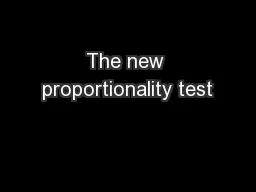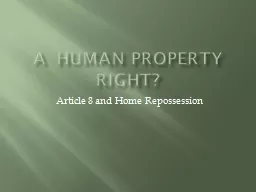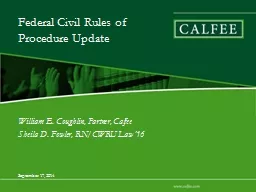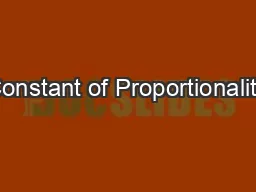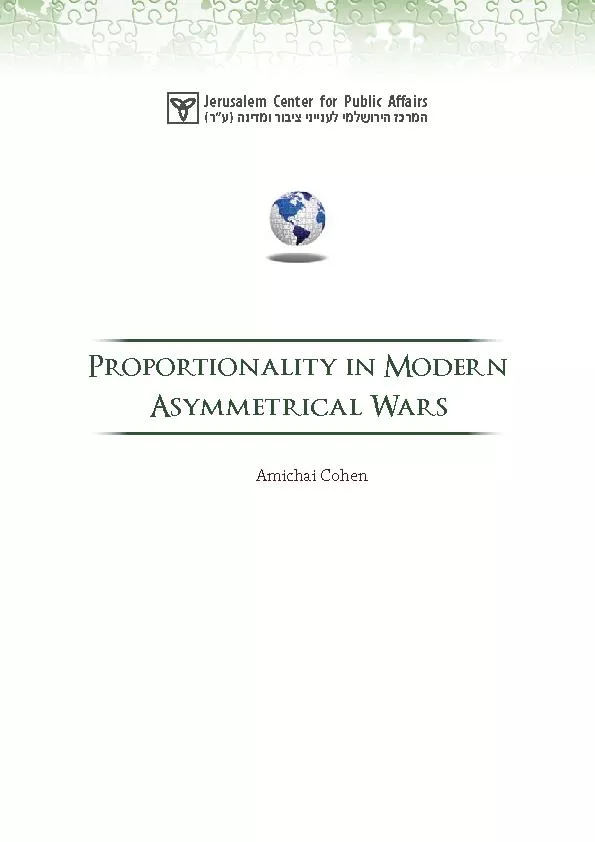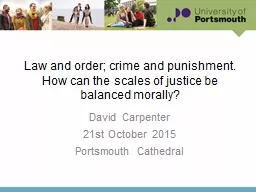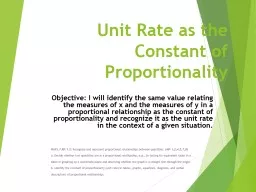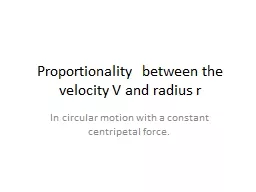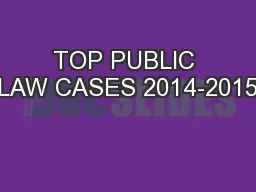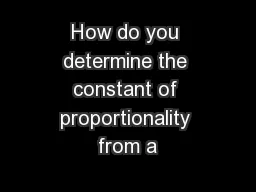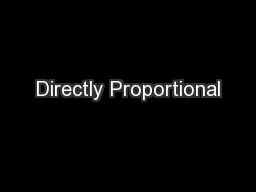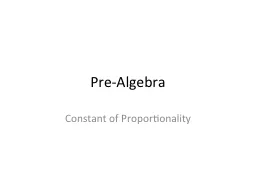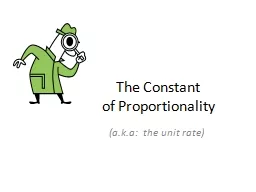PDF-The new proportionality test
Author : pasty-toler | Published Date : 2016-07-15
1 In the absence of case law on how the new proportionality test is working in practice how should you argue proportionality at assessment with examples of successes and failures difficulties exp
Presentation Embed Code
Download Presentation
Download Presentation The PPT/PDF document "The new proportionality test" is the property of its rightful owner. Permission is granted to download and print the materials on this website for personal, non-commercial use only, and to display it on your personal computer provided you do not modify the materials and that you retain all copyright notices contained in the materials. By downloading content from our website, you accept the terms of this agreement.
The new proportionality test: Transcript
Download Rules Of Document
"The new proportionality test"The content belongs to its owner. You may download and print it for personal use, without modification, and keep all copyright notices. By downloading, you agree to these terms.
Related Documents

